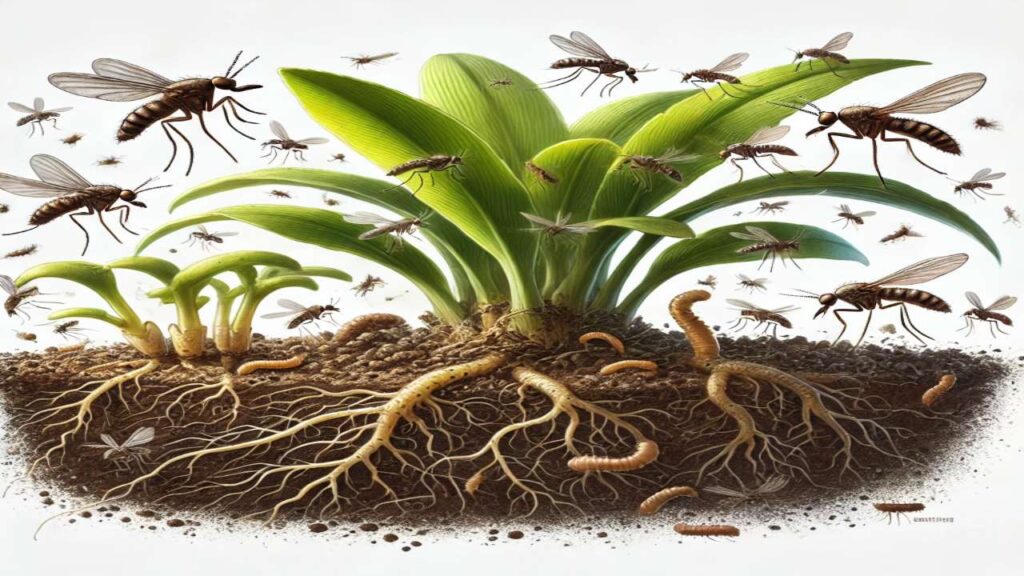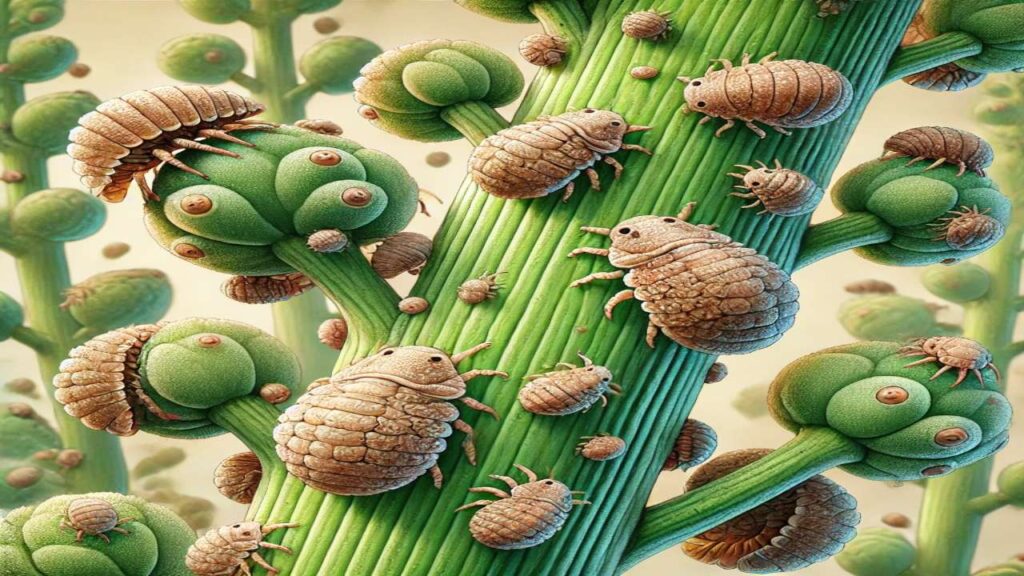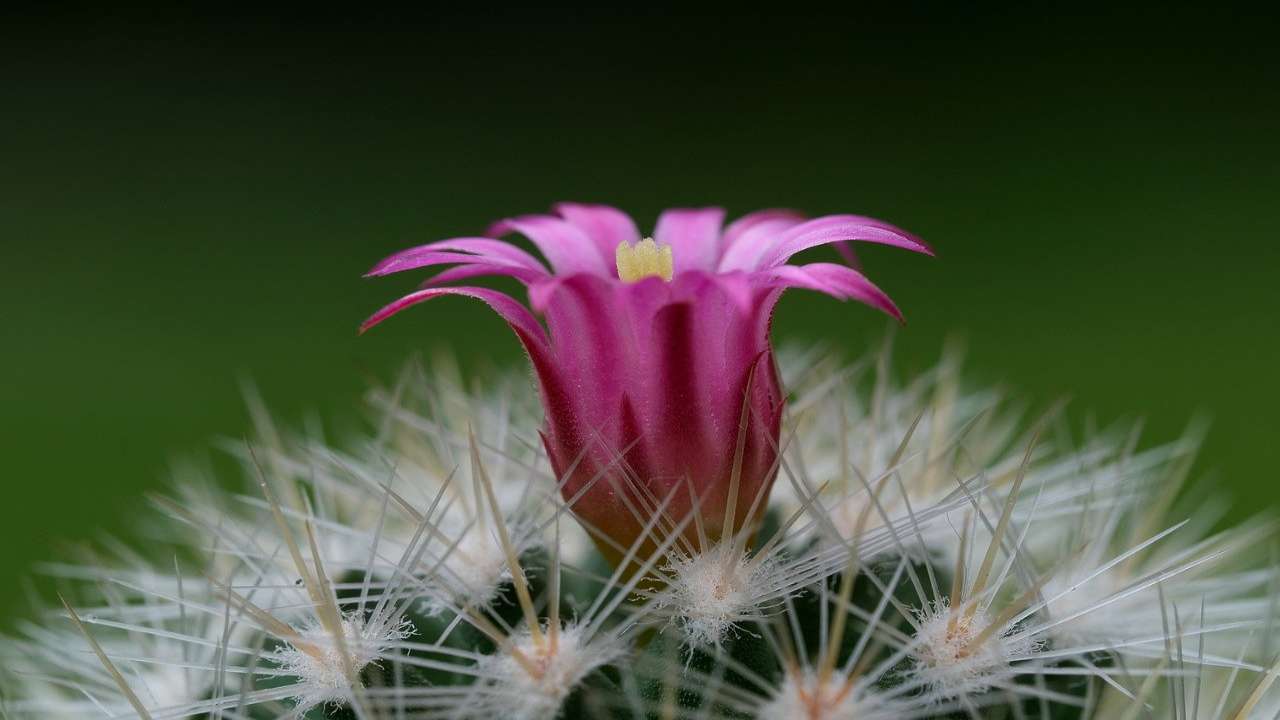Indoor Plants Pests are common in Indoor plants, while plants are beautiful and beneficial, are often susceptible to a variety of pests. Common indoor plant pests include aphids, spider mites, and fungus gnats. Aphids are small insects that feed on the plant’s sap, causing yellowing and wilting of leaves.
Spider mites, barely visible to the naked eye, form webs on plants and can cause speckled leaves or leaf drop. Fungus gnats thrive in moist soil and can harm plant roots, stunting growth. These pests not only damage plants but can also spread rapidly if not treated promptly.
Preventing indoor plant pests begins with proper plant care. Ensuring that your plants are in well-draining soil and not overwatered can deter pests like fungus gnats.
Regularly inspect plants for signs of infestation, such as discolored leaves, sticky residue, or visible insects, to catch problems early. Quarantining new plants for a few weeks before introducing them to your collection can prevent the introduction of pests into your home.
Keeping the environment clean, removing dead leaves, and avoiding overcrowding plants also minimizes pest risk.
If pests do appear, there are several methods for control. For a natural solution, neem oil or insecticidal soap can be applied to the affected areas. Another option is to use biological controls, such as introducing beneficial insects like ladybugs to combat aphids.
For severe infestations, chemical treatments might be necessary, but these should be used with caution to avoid harming the plant or indoor air quality. With proactive care and monitoring, most pest problems can be prevented or quickly managed, keeping your indoor plants healthy and thriving.
Table of Contents
Aphid Indoor Plants Pests (Insects)

Aphids are tiny, pear-shaped insects that suck the sap from plant stems and leaves. They come in a variety of colors, including green, black, and white, and can reproduce quickly, creating large infestations.
Aphids leave behind a sticky residue called honeydew, which can lead to the growth of sooty mold on the plant. To prevent aphids, inspect plants regularly, and if found, remove them with a strong water spray or apply insecticidal soap.
Spider Mites Indoor Plants Pests (Insects)

Spider mites are tiny arachnids that thrive in dry indoor conditions. These pests feed on plant sap and create fine, web-like structures on the undersides of leaves.
Signs of a spider mite infestation include yellow or speckled leaves and webbing. Increasing humidity around plants and wiping the leaves with a damp cloth can help prevent spider mites. In case of infestation, neem oil or insecticidal soap is effective for control.
Mealybugs Indoor Plants Pests (Insects)

Mealybugs are insects covered in a white, cottony substance. They typically gather in the joints of plant stems and under leaves, where they feed on plant sap.
Mealybugs can weaken plants by draining their nutrients, causing stunted growth. Prevention includes wiping leaves regularly and using neem oil as a deterrent. If mealybugs are present, remove them manually with a cotton swab dipped in alcohol.
Fungus Gnats Indoor Plants Pests (Insects)

Fungus gnats are tiny, dark color flies that are often mistaken for fruit flies. While the adult gnats are mostly a nuisance, their larvae live in the soil and feed on plant roots, causing damage to young plants. Overwatering and poor drainage are main causes of fungus gnat infestations.
Allowing the soil to dry out between waterings and using sticky traps can help prevent and control fungus gnats.
Dragon Fly Indoor Plants Pests (Insects)

Scale insects are small, round pests that attach themselves to plant stems and leaves. They are often brown or tan and form a protective shell over their bodies, making them difficult to spot and control. Scale insects feed on plant sap, weakening the plant over time.
Prevent them by regularly inspecting plants and wiping them down with a damp cloth. If found, horticultural oils can help control these pests.
Whiteflies Indoor Plants Pests (Insects)
Whiteflies are small, white, moth-like insects that feed on the undersides of plant leaves. They suck sap from the plant, leading to weakened growth, yellowing leaves, and the production of sticky honeydew.
Whiteflies are particularly active in warm, humid environments. To prevent whiteflies, regularly inspect plants and use yellow sticky traps to capture them. Neem oil or Neem water can help control infestations.
Thrips Indoor Plants Pests (Insects)
Thrips are tiny, slender insects that feed on plant tissue, leaving behind silvery or bronze streaks on leaves. They are highly mobile and can spread quickly from plant to plant.
To prevent thrips, keep the indoor environment clean and avoid overwatering. Regularly check plants for signs of damage and, if necessary, apply insecticidal soap or neem oil to affected areas.
Leaf Miners Indoor Plants Pests (Insects)
Leaf miners are larvae that burrow inside plant leaves, creating tunnels or “mines” as they feed. These pests can cause visible damage to the leaves, resulting in brown or discolored trails.
Preventing leaf miners involves keeping the plant healthy with proper care and removing affected leaves at the first sign of infestation. Biological controls like parasitic wasps can also help reduce their numbers.
Slugs and Snails Indoor Plants Pests (Insects)
Although more common outdoors, slugs and snails can occasionally find their way indoors and attack houseplants. They feed on leaves, creating large, irregular holes and leaving behind a slimy trail. To prevent these pests, remove any debris or excess moisture from around your plants.
If slugs or snails are found, manual removal is effective, or you can use a natural barrier like diatomaceous earth around the plant base.
Root Rot Pests (e.g., Root Mealybugs) Indoor Plants Pests (Insects)
Root mealybugs and similar pests attack the roots of indoor plants, feeding on the plant’s sap and causing stunted growth or wilting. These pests often go unnoticed because they remain below the soil surface. Overwatering or poor drainage can make plants more susceptible.
Prevent root rot pests by ensuring well-draining soil and pots. If discovered, repotting the plant in fresh soil and applying an appropriate pesticide can help eliminate them.
Conclusion
In conclusion, while indoor plant pests like aphids, spider mites, and fungus gnats can pose significant challenges, they can be managed effectively with proper care and attention.
Early detection is key, as regular inspections allow you to catch infestations before they spread. Maintaining the right balance of watering, ensuring adequate ventilation, and keeping your plants healthy will reduce the likelihood of pest problems.
Natural remedies like neem oil and insecticidal soap, along with biological controls, offer safe and effective options for pest management.
By staying vigilant and proactive, you can prevent pest outbreaks and ensure that your indoor plants thrive. The combination of good hygiene, plant isolation when needed, and using appropriate pest control methods can keep your indoor garden pest-free.
A little extra care goes a long way in maintaining the beauty and health of your plants, creating a healthier indoor environment for both plants and people.
Additionally, if you want to learn more about caring indoor plants read this article Indoor Plants Caring



















